Please use this identifier to cite or link to this item:
http://archive.nnl.gov.np:8080/handle/123456789/205| Title: | ROLE OF COMMUNITY RADIO IN RURAL DEVELOPMENT: A CONTENT ANALYSIS |
| Authors: | ACHARYA, SURESH PRASAD |
| Keywords: | Communication in Media Communication |
| Issue Date: | 27-Mar-2019 |
| Abstract: | Constitution of Nepal 1990 enshrined rights to information, freedom of opinion and expression, and freedom of print and publication. The National Media Policy of 1992 which included a provision for private sector media in broadcasting, and the National Broadcasting Act of 1993 paved the way for the establishment of independent radio stations. National Broadcasting Regulations of 1995 defined the processes and methods necessary for establishing FM (Frequency Modulation) stations in Nepal. Nepal adopted private radio in 1997. It was the beginning of community FM radio in the country as well. Radio Sagarmatha is the first independent community radio station not only in Nepal but of the South Asia. After the third successive movement for democracy in 2006 April, the door has been widely opened to the private radio including the community stations. Rule of law, gender equality, education, health, civic education, anti-corruption, good governance, environment and day to day problem and issues are being treated in different format by the local community radio stations. The general objective of this research is to examine the role of community radio through their programs in enhancing the peoples' participation in rural development. Three radio stations from each five political development regions of the country are chosen representing geographical diversity from Himal to Terai. The research samples include the very first community radio to the newly operated stations. In terms of capacity, the sample includes the range of minimum 100 watts to maximum 2000 watts. The research also covers the audience of the same localities and the owner and/or program producers of the selected stations. In order to deepen the understanding and provide a holistic analysis, the research strategy of methodological triangulation is used, which employs qualitative methods, such as participant observations and in-depth interviews, and quantitative methods, such as an audience survey. |
| URI: | http://103.69.125.248:8080/xmlui/handle/123456789/205 |
| Appears in Collections: | 300 Social sciences |
Files in This Item:
| File | Description | Size | Format | |
|---|---|---|---|---|
| 1Content.pdf | 1.13 MB | Adobe PDF | 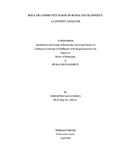 View/Open | |
| 2 Chapter 1.pdf | 533.76 kB | Adobe PDF | 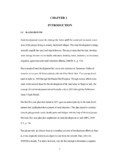 View/Open | |
| 3 Chapter 2.pdf | 1.6 MB | Adobe PDF | 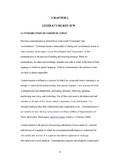 View/Open | |
| 4 Chapter 3.pdf | 321.57 kB | Adobe PDF |  View/Open | |
| 5 Chapter 4.pdf | 5.29 MB | Adobe PDF |  View/Open | |
| 6 Chapter 5.pdf | 470.41 kB | Adobe PDF | 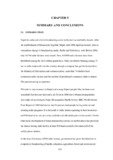 View/Open | |
| 7 Appendixes Final.pdf | 14.88 MB | Adobe PDF | 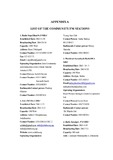 View/Open |
Items in DSpace are protected by copyright, with all rights reserved, unless otherwise indicated.